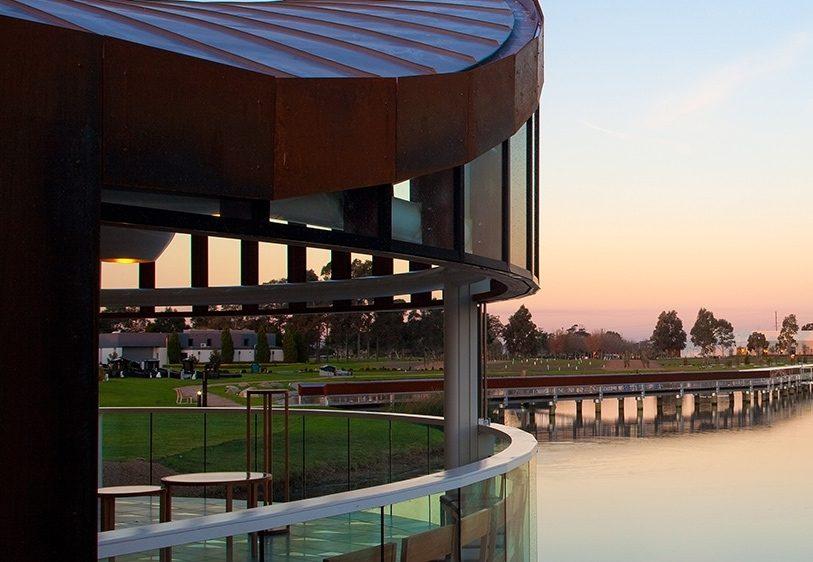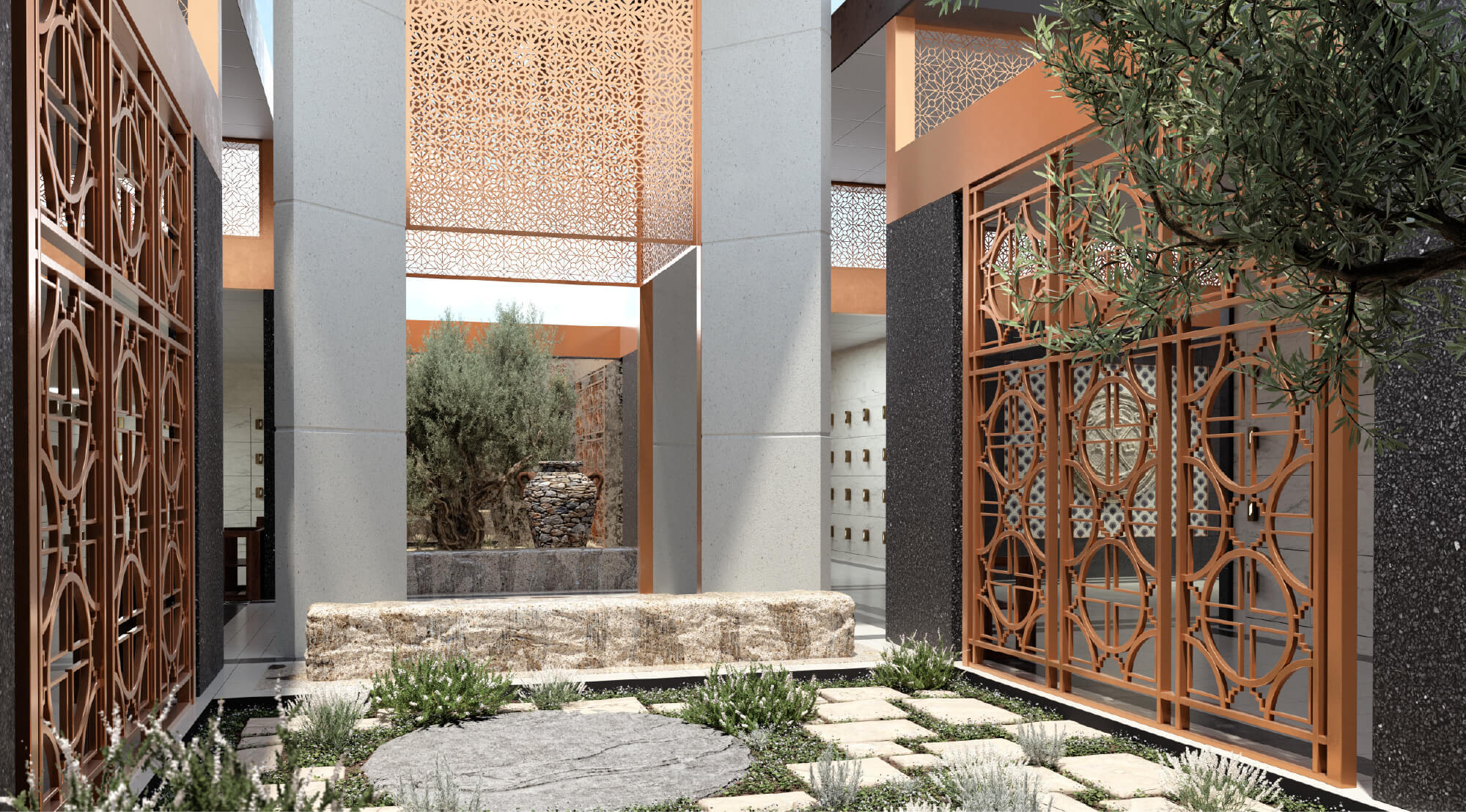The heart has a memory

As someone facing a year of moments without my mother, I’m increasingly aware of the giant space that’s opened where that gentle, pint-sized lady once stood.
When I visit my mother's memorial at Springvale Botanical Cemetery, evidence of other family and friends greets me, and I realise how many others miss her too, by the number of tributes they leave behind. Her favourite flowers, gifted straight from the garden of a friend, sit alongside the traditional Greek lamp within the monument's tribute box. The oil is kept topped up by her stream of visitors, burning in continuous vigil like the one she always kept alight at home. My daughter’s tiny clay pot, specially designed to fit her grandmother’s bingo coins, sits amidst the tribute box offerings of love.

Her memorial has become a focal point to translate our memories of her into a tangible form with items that brought her joy or were part of a simple daily ritual she held dear. These are physical reminders of a unique individual who cultivated endless moments, now memories, within the tight circle of family and friends she loved and who loved her in return.
“The heart, like the mind, has a memory. And in it are kept the most precious keepsakes.”

Our attempts to generate presence in the face of my mother’s absence is not unusual. Honouring the unique lives of our loved ones is a key part of the grieving process and often takes the form of creating physical reminders of them. I’ve noted many personal tributes left at memorials. These items embody specific moments and pleasures, pursuits and personality traits of loved ones that are still keenly felt by those who once shared a common ground with them and are looking to find ways to bridge the gap left by their passing.

For some, this can mean creating a monument or an inscription that illustrate the personality of their loved ones for future generations to connect with. Some will compress a portion of their loved one’s ashes into a diamond they can wear and keep close. For others, it can be the simplest of acts, like eating a favourite sweet treat at their graveside.

Whatever our differences in terms of the array of tributes we leave behind, we are united as humans in that we all experience death and loss at some point in our lives and we will each in our own way, grieve. The poet Henry Wadsworth Longfellow understood the need to keep memories alive and once said, “The heart, like the mind, has a memory. And in it are kept the most precious keepsakes.” Memorials and tributes are an outward representation of the keepsakes in our hearts and I’m learning how important having a memorial to visit and place tributes on is for the healing process of those left behind. They provide a central point where we can feel unified in our loss.

For my part, I feel a sense of connection and gain a great deal of comfort knowing there is a collective of people caring for my mother. The relationship we had with her is still there even if she isn’t. We will move through this time of grief together, peppered by the moments we can no longer share with her, but unified nonetheless. Which is exactly what she would have wanted.





